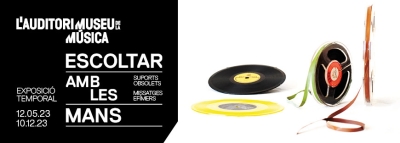The publication “Badalona sota les bombes. 1937-1938” on line
On this day, exactly 85 years ago, Badalona experienced one of the most dramatic episodes in its history. From 9:55 a.m., the Aviazione Legionaria from Italy , an ally of the Francoist army, began bombing the city. It was not the first time that Badalona, considered a target of great strategic value due to its industrial importance, received Italian bombs. And it wouldn’t be the last either… but, on no other occasion would the balance be as fateful as that day.
Five Italian Savoia S-79 planes dropped 80 bombs of 100 kilos and 40 of 20 kilos, mainly on the Progrés neighborhood. The consequences of that action were catastrophic. On a material level, more than a hundred houses were destroyed and several factories, such as Can Badrinas, la Cros, la Campsa, el Gas or la Llauna, suffered significant damage. On a personal level, the effects would be even more dramatic: 65 people lost their lives and 200 were seriously injured.
Joan Villarroya i Font from Badalona, professor of contemporary history at the UB, recovered the memory of this bombing and that of all those our city received during the conflict in an essential book, Badalona sota les bombes. 1937-1938, published by the Museum in 2017. This publication is currently out of print but, given its interest, we wanted to make it available to everyone, now in digital format, on our website.
We hope this reading will be of interest to you.











 Museu de Badalona, Inv. 9691
Museu de Badalona, Inv. 9691
